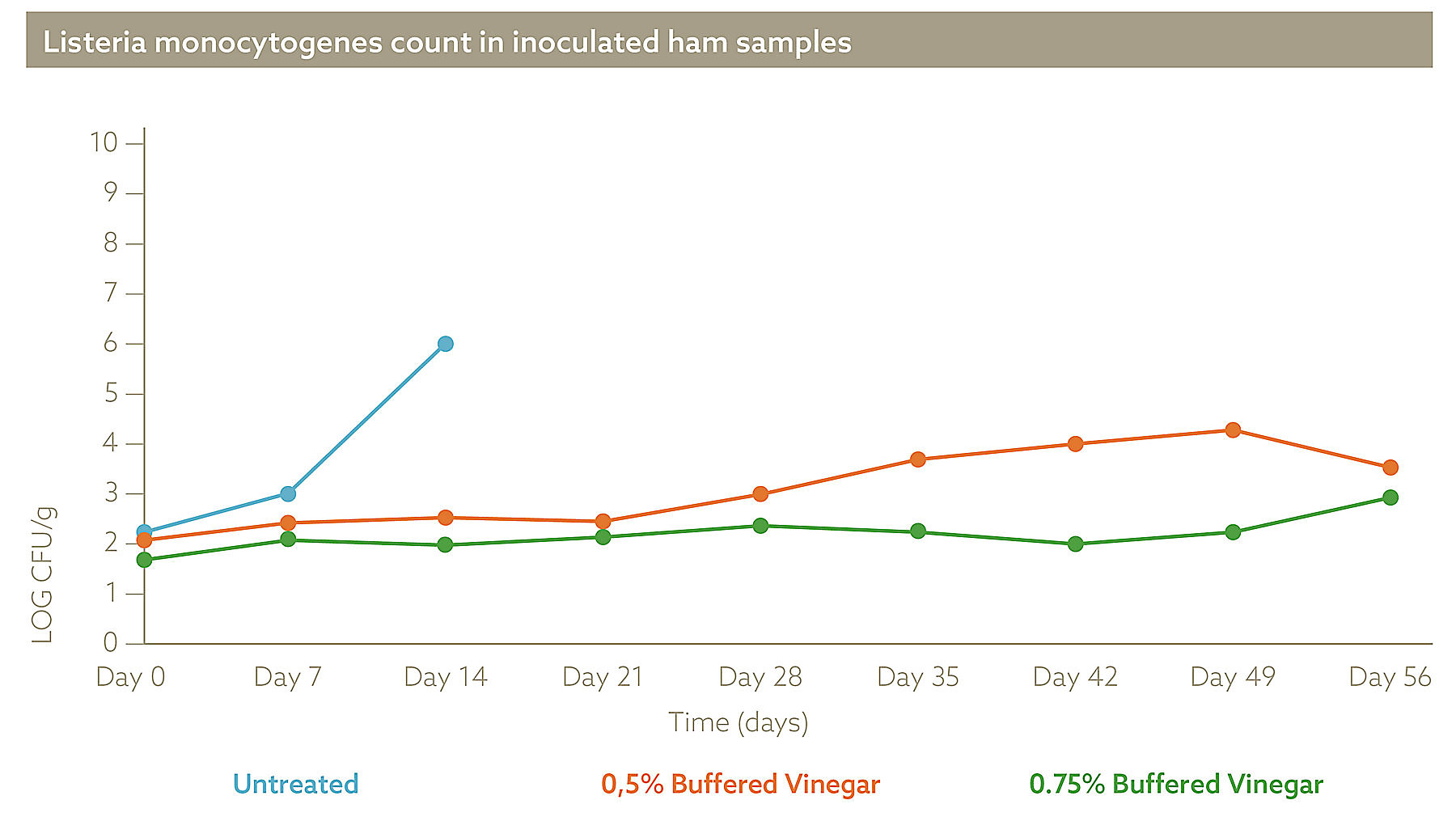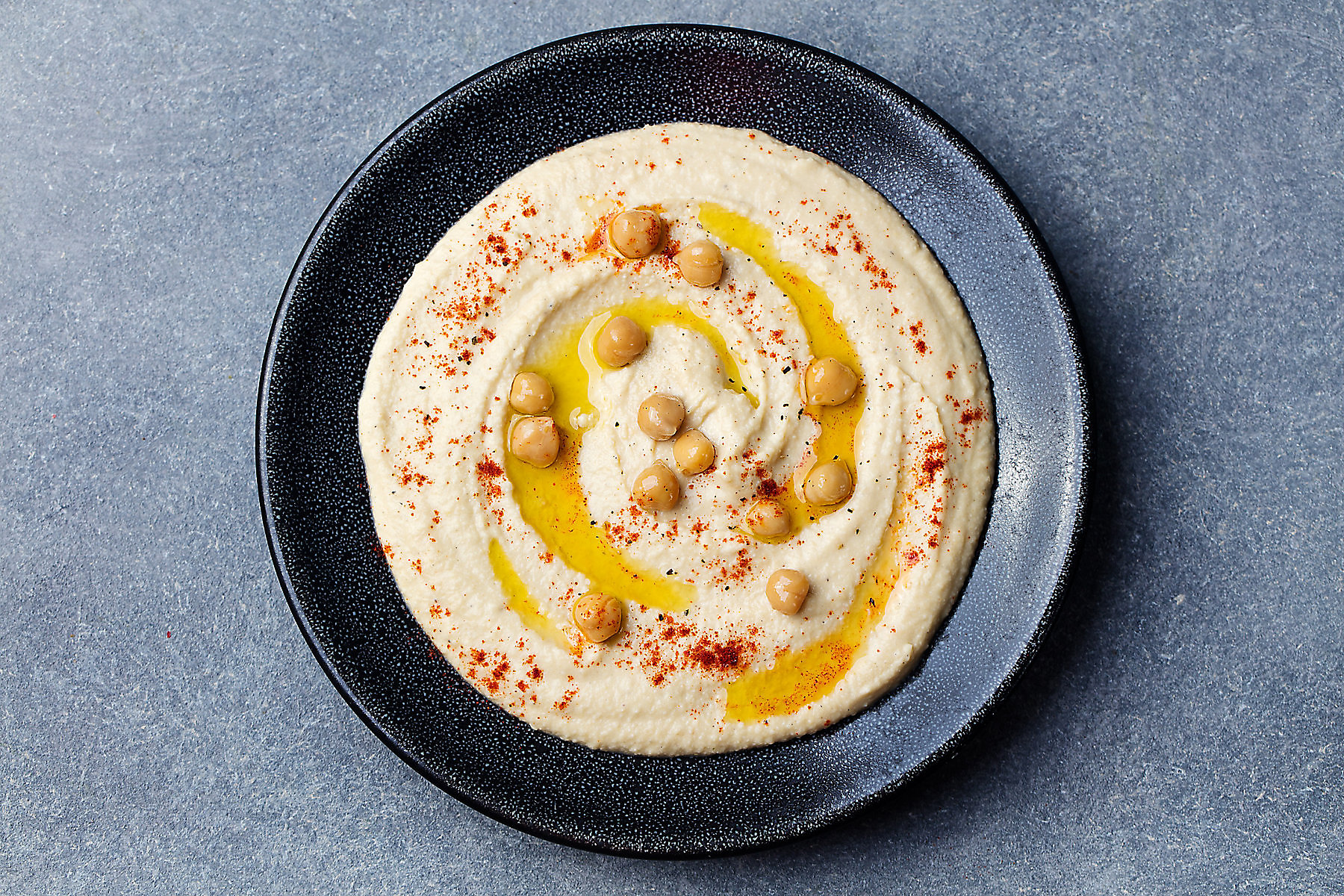It is often said that breakfast is the most important meal of the day. And what we eat is defined by our culture and therefore breakfast trends widely differ throughout the world. With influencers online pushing in new trends, we also see a shift towards more healthy food choices, and today, you can find international cuisine in a local supermarket. We at Kemin Food Technologies have developed label-friendly food safety and shelf life solutions to address most, if not all, of those trends.
CEREALS
Granola, oats, nuts, seeds, … From very healthy to sugar infused sweets, cereal-based breakfasts are perhaps the most widespread throughout the world. While nuts and cereals are dry foods with a good shelf life, the time that they keep their best quality is limited. But the microbiology and safety of cereal grains and cereal products is a very important area, while also maintaining their sensory appeal to the highest possible levels. And we’ve noticed that the oils inside untreated cereals and nuts, turned rancid relatively fast, resulting in significant flavour loss.
With FORTIUM® R, muesli and other breakfast cereals and oats showed a flavour improvement and a very high oxidative stability. Therefore, we can store cereal-based products at ambient temperatures and in warmer conditions, while preserving their flavour profile. In our studies products treated with FORTIUM R were unanimously preferred over untreated cereals.








